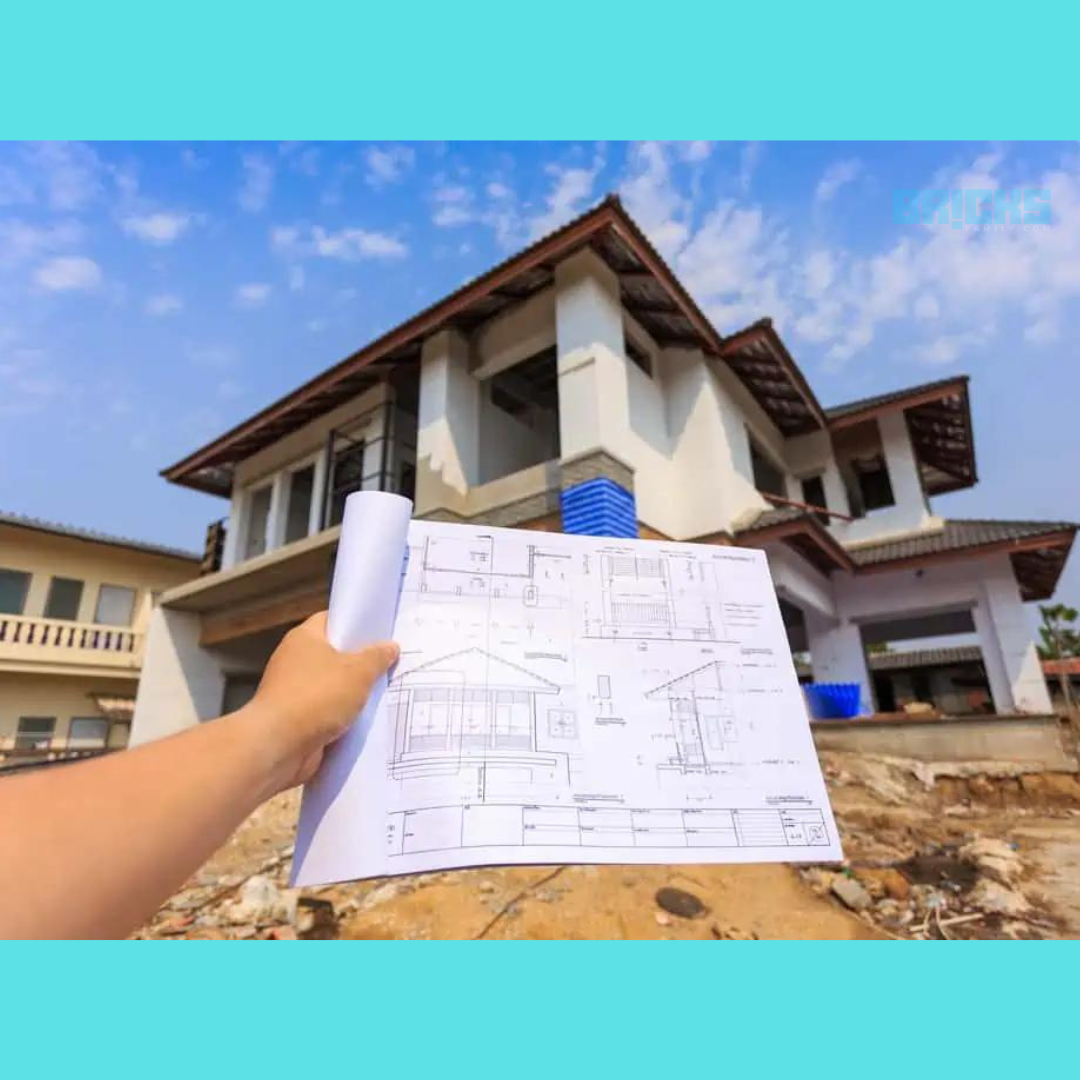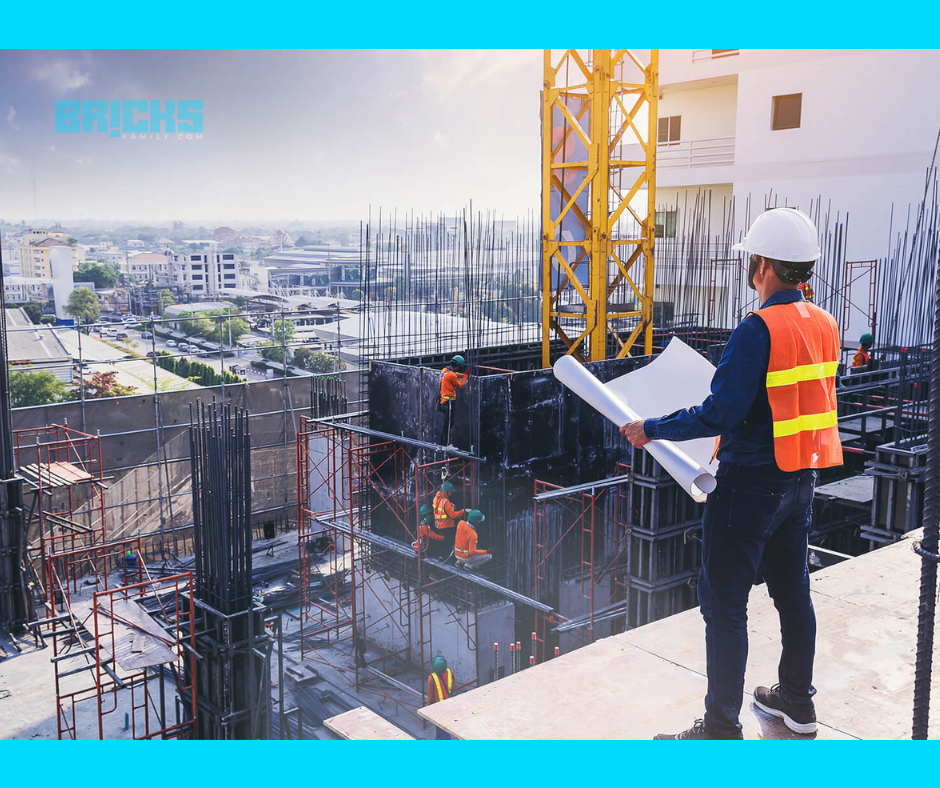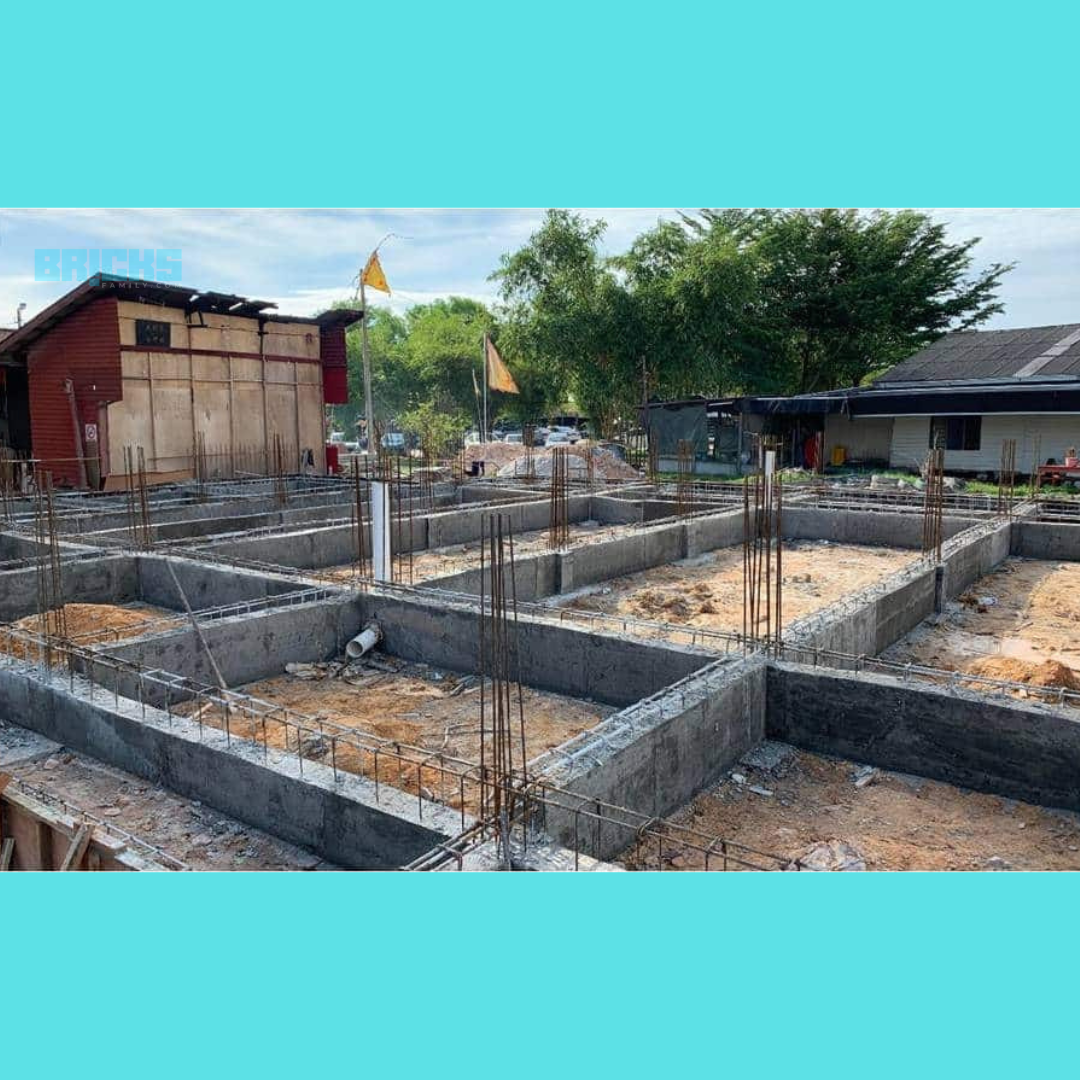One of the most significant decisions you will make in your lifetime is whether to build a home. Your house is a reflection of who you are as a person. It is your shelter of safety. And for that reason, it’s crucial to understand what needs to be done at each stage of the building process for your home. This blog is about House Construction Process – Your Step-by-Step Guide.
The key to a successful endeavor is understanding the fundamentals of your home’s structure. Careful planning allows you to select the ideal material quality and avoid costly errors.
This blog post walks you through each step of building a house. You can find all the necessary actions you need to do right here to plan and construct your ideal home as quickly as possible.
Understanding the New House Construction Process
We want to provide you with a clear, simplified understanding of construction. We have divided the entire process into these two segments as a result:
The phase before construction
phase of construction
Let’s take a closer look at each of these phases.
House Construction Process: Pre-Construction Phase
The pre-construction phase consists of four stages: the building plan, cost projections, site acquisition, and paperwork. We go into great length on each of these.
1. Building Plan
The most essential component of building a house is this. When you start a big project, you need a detailed design for the space, like building a house from the ground up.
A home building plan enables you to segment the region into smaller areas and foresee the characteristics of the many components. To construct a thorough home plan that fits your demands and ideas, you will need the professional advice of specialists like architects, civil engineers, and interior designers.

2. Budget Estimation
The next stage of building a house is budget estimation. We know that building a house requires a significant investment and a budget. You can give the specifics to a construction estimator once the building plan is completed. He will estimate the project’s labor, machinery, and material requirements.
Based on this, the estimator will give you a rough budget to finish the construction project. You can proceed with a loan from a financial institution if, at the moment, your financial capacity is limited. A cash crunch situation would be avoided by taking care of these matters beforehand.
3. Land Acquisition
Purchasing a good piece of land is another essential element in building a new home. You must consider various elements for this, including the size of the house, the necessary number of bedrooms, the location, and more. For instance, building a new house near the city center costs significantly more than building one on the outskirts.
4. Documentation
Several buildings are destroyed daily because there is insufficient documentation and ownership verification. Therefore, get authorization from the appropriate authorities before you start the house-building process. To avoid any future legal issues, your registration paperwork must be current.
Ensure you get a document with the transferor and the legal authorities attesting to purchasing the acquired land. Ensure you have all the required paperwork, including structural reports, architectural plans, a civil engineer’s certificate of undertaking, etc.
House Construction Process – The Construction Phase
We’ll now walk you through each step of the building phase of a house. This phase consists of ten phases, which we list for you below.
1. Site Clearing
A “site” is the piece of land you purchased for constructing your home or any other building. Most of the time, especially when the area has been abandoned for a long time, there will probably be a lot of trees, undesirable plants, and waste there. Therefore, you must remove these as the first stage in building a house because they could hinder construction.
You can contact experts to complete the task, such as those who drive bulldozers or land mowers.

2. Laying the Foundation
The building’s lowest point, where it connects with the ground, is called the foundation. It is, in other words, the invisible structure of every construction. Undeniably, this foundation must be the strongest possible to support a tall building. The home will collapse if the foundation cannot support the structure’s weight. Construction engineers know this and make every effort to develop the foundation using human and material resources. They level the land and create trenches and holes for the house’s foundation.
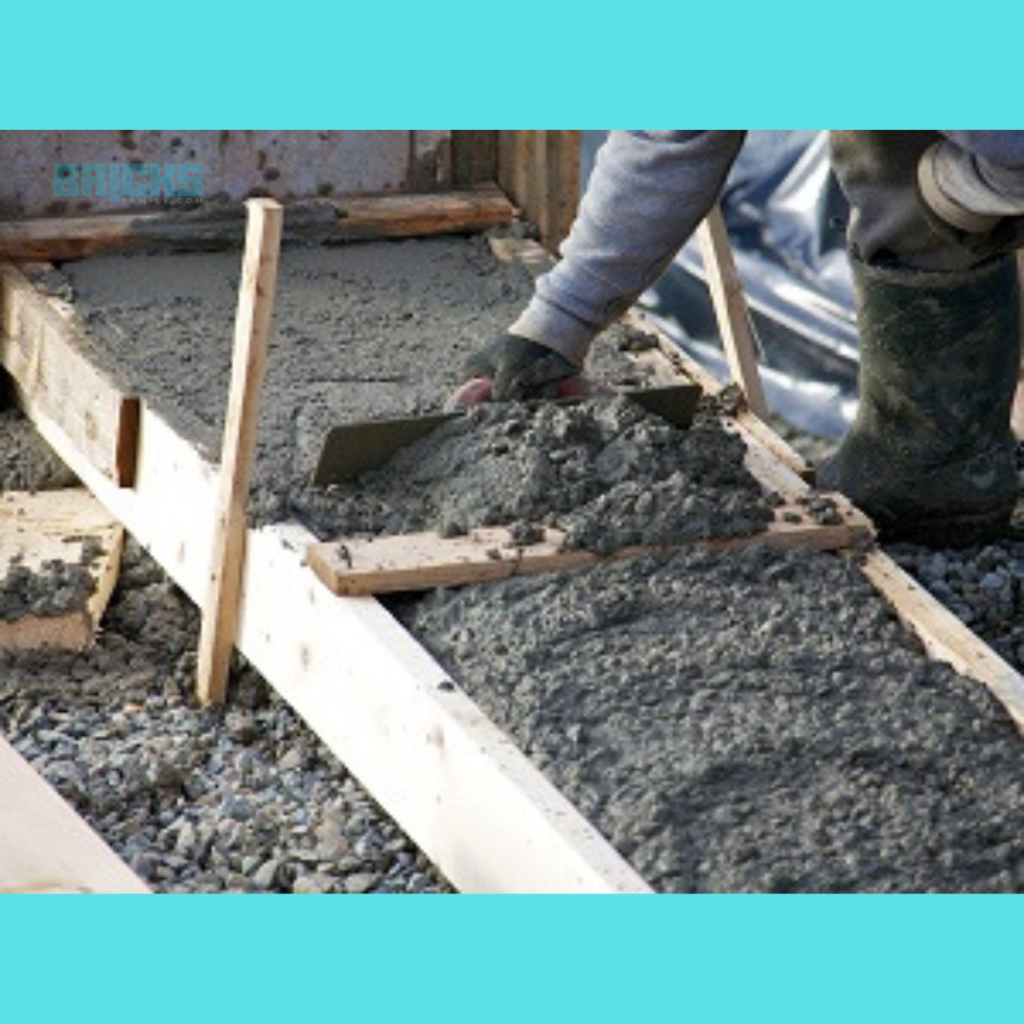
3. Plinth Beam and Slab
The next stage is to strengthen the foundation by adding a plinth beam and slab on top once it has been laid. This is done to strengthen and shield the foundation from blows and fissures. An earthquake also aids in the foundation’s survival.
The best place to build a home is no structure susceptible to water seepage. Waterproofing at the plinth level is, therefore, an essential task. You can speak with professionals using standard waterproofing solutions to stop seepage.
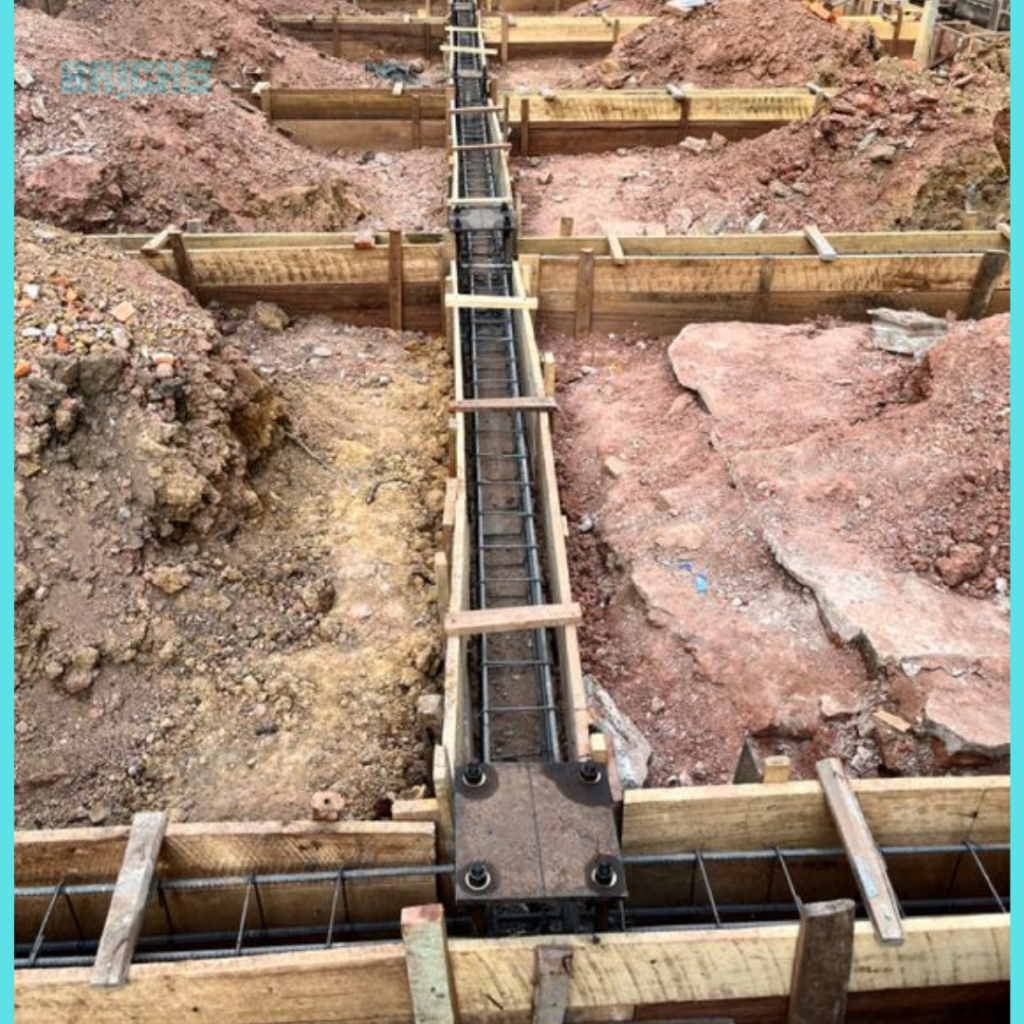
4. Superstructure
The finished floor level is known as the plinth level. The term “superstructure” refers to any structure higher than the plinth. This superstructure supports the beam and slab. As an illustration, columns are a component of the superstructure that aids in holding and distributing the weight supported by the foundation. These columns are built up to the slab and aid in immediately transferring the load to the ground below.
The team of your architect will mark and erect the columns following the approved house plan.
5. Bricklaying
The process of building a new home continues with bricklaying. The construction of the house’s exterior is done here. Depending on your preference, you can construct the walls with either bricks or concrete blocks. Due to their hollow center, which makes concrete blocks lighter to handle, many people prefer them. A concrete block’s typical size is 450 x 225 meters. The thickness can range from 60 to 150 millimeters.
Sand and cement are combined in a cement mortar mixer to help hold bricks together. The door and window frames are carved out when building the walls.
6. The Lintel and Roof Coating
The lintel needs to be built on top once the walls are complete. Like the plinth, a lintel is a beam positioned across all doors and windows to sustain the weight of the structure built over it.
The next step is roofing. The term “roof” refers to the topmost covering of a building, which covers the entire thing and shields it from the elements.
7. Plumbing and Electrical Wiring
Nowadays, pipes and wires are hidden in the new homes being built. This is because these pipes and cables can only be installed successfully during construction. They are therefore concealed between the slabs and the walls. This improves the appearance of the entire house.
Read more about bathroom plumbing.
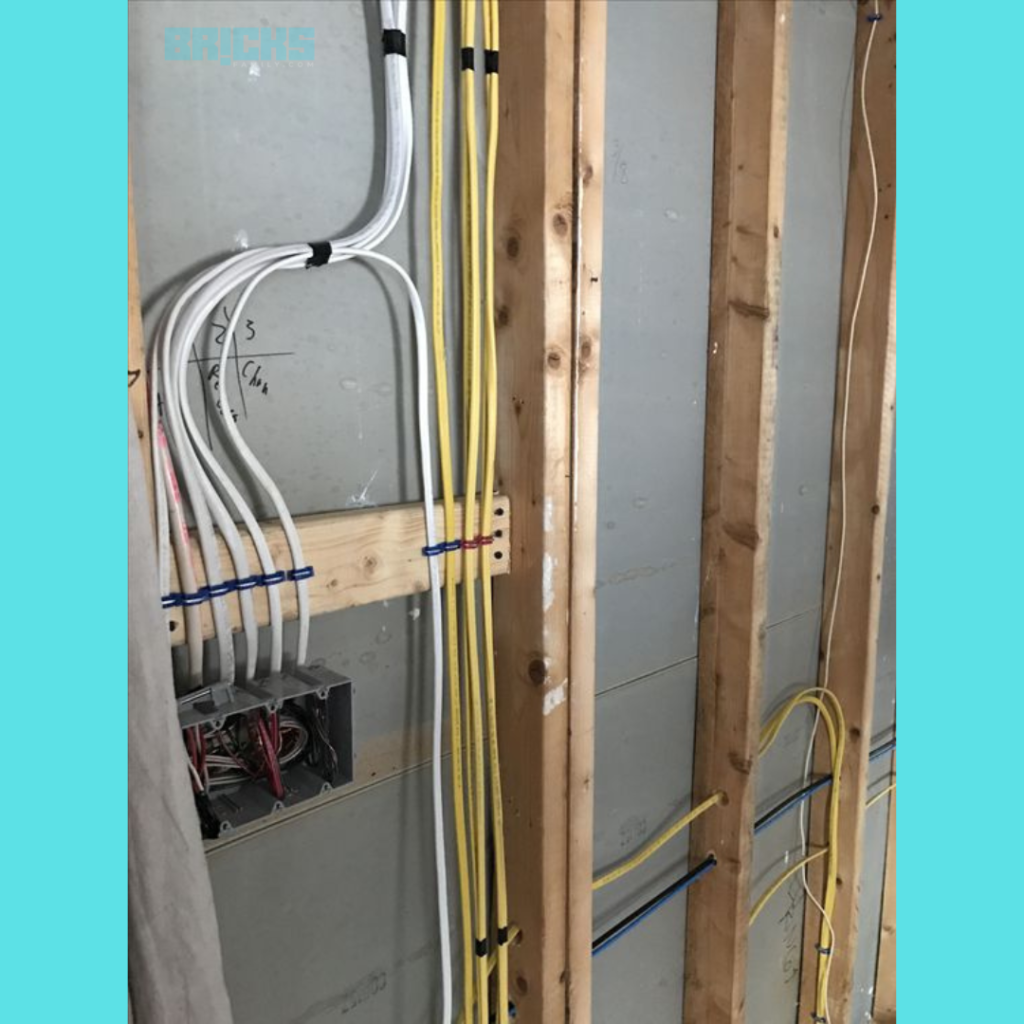
8. Exterior and Interior Designing
Plastering the outer portion of the home is required when the masonry, electrical, and plumbing are finished. Once more, the exteriors are plastered with sand and cement to create an even surface on the walls. Additionally, plastering strengthens the overall structure and shields it from the elements.
You might employ a qualified interior designer to complete the inside of the home, including the furniture and wall decorations.
Conclusion to House Construction Process
Building a house is a challenging and gratifying adventure that turns an idea into a practical reality. From the early planning and design phases to the precise construction and finishing touches, every step takes careful attention and experience. It takes a team effort to produce a secure and comfortable environment; architects, builders, engineers, and talented designers contribute.
Also Read: 8 Smart Cities in India that Are Best for Living
Similar Topics: E-Dharti Geo Portal – Everything You Need to Know









